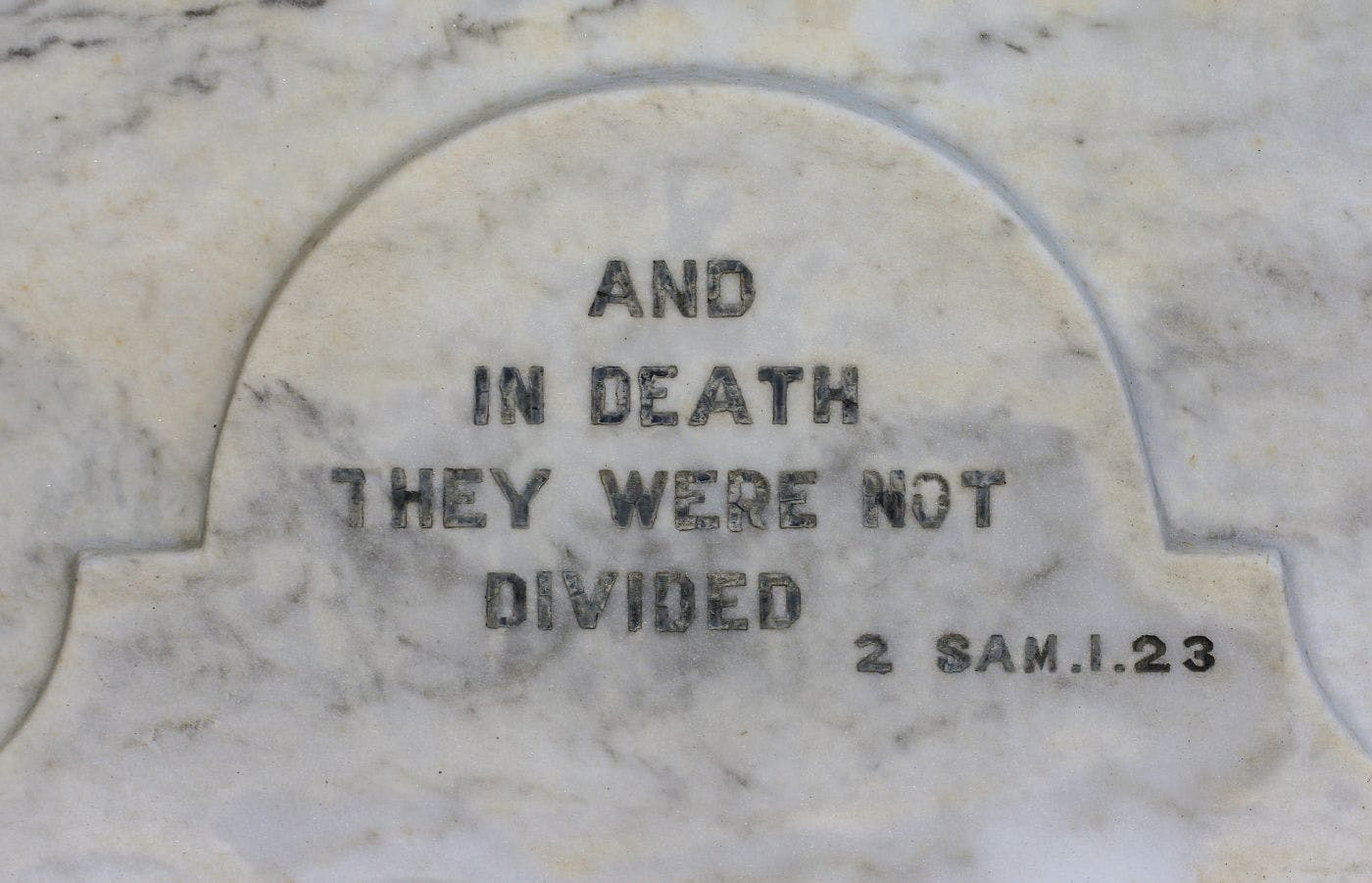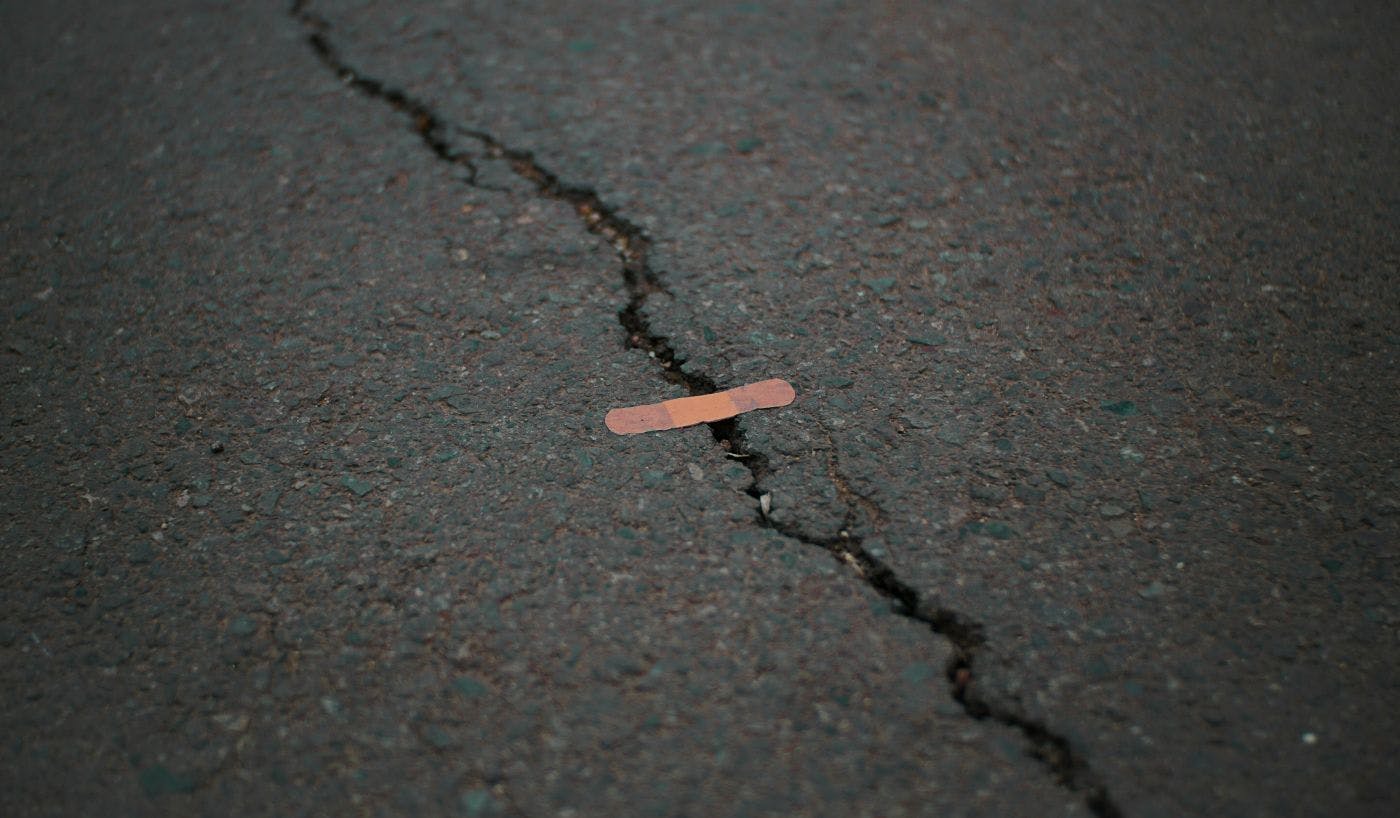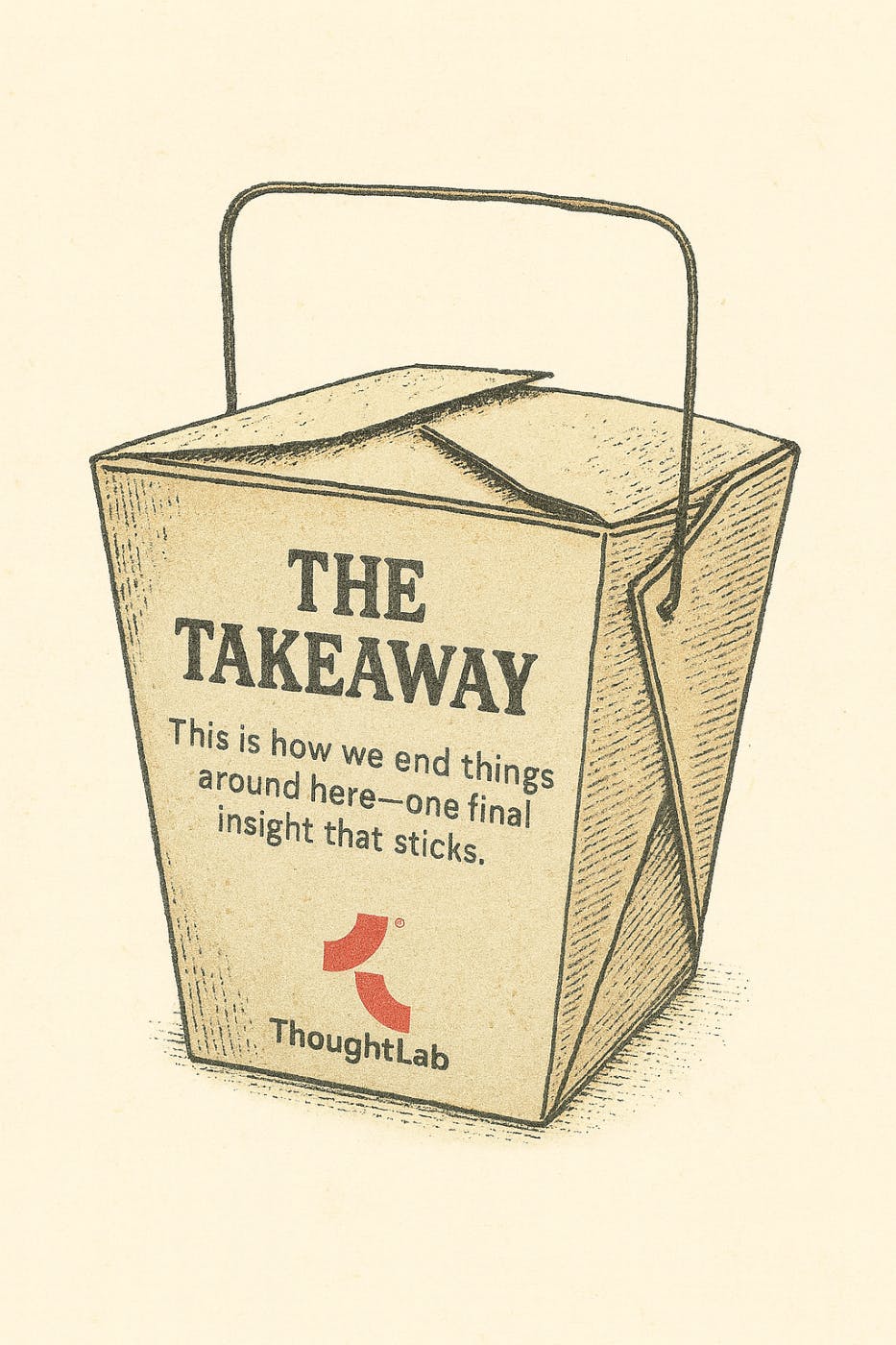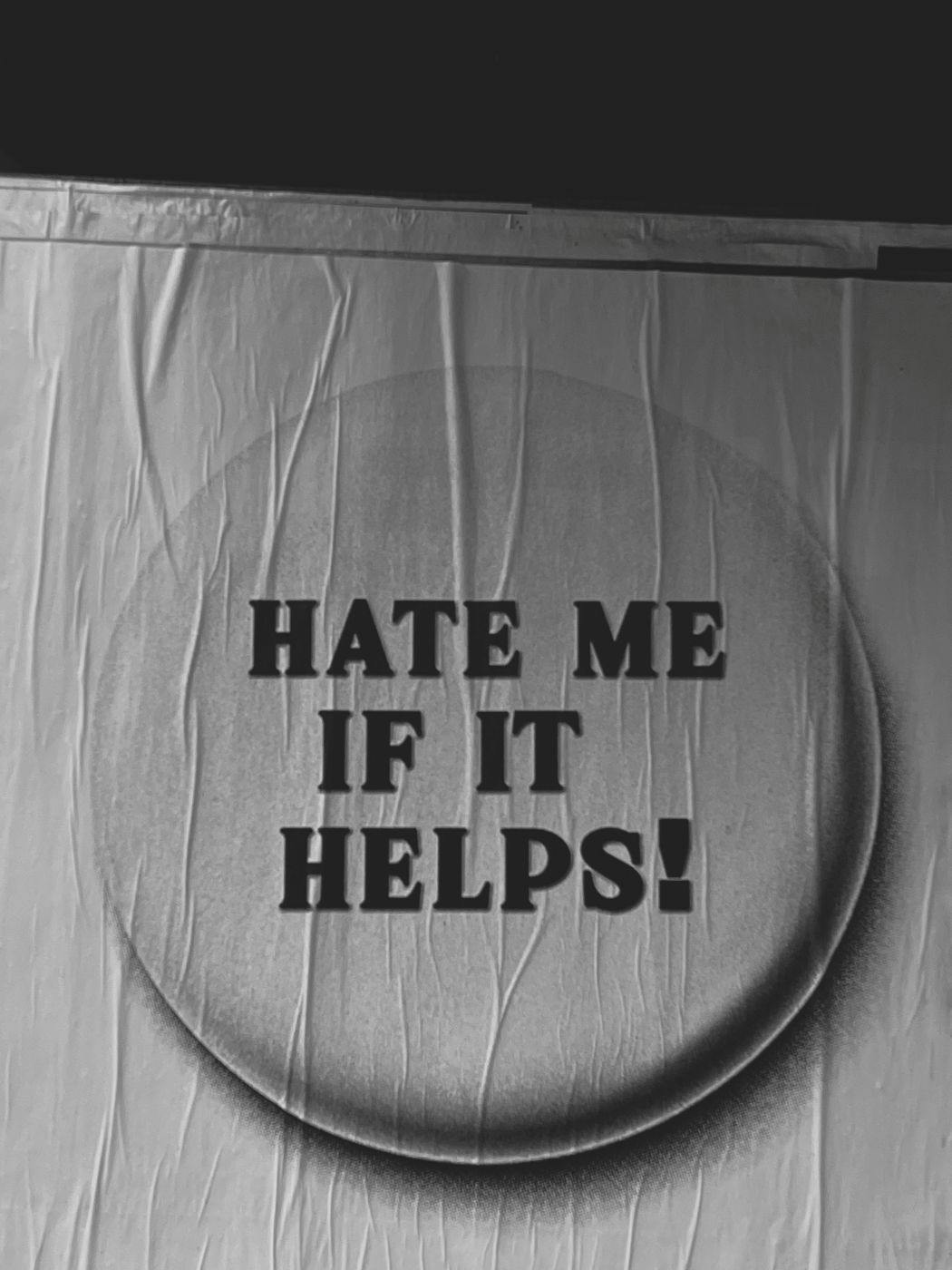

Some brands seem too big to fail. Their names are stitched into culture, their logos stamped into memory. And yet, even giants fall. They go bankrupt, disappear from shelves, or fade quietly into nostalgia. But the interesting thing is that some of them don’t stay gone.
I recall my first session with a photographer in New York City. It’s a big deal for an actor to get real pro headshots. I was out of school, finished with grad school, and it was time for shots that weren’t taken near a brick wall by a woman who had just bought a new camera and was wild about taking pictures. Cost? Twenty-five bucks, and I got every penny’s worth.
I went to Paper Crane Studios, and the photographer, a very graceful, gentle artist, gave me a glass of wine, talked to me for about forty minutes, and then we started taking pictures. The lighting was perfect, and I felt comfortable. He talked to me constantly, and the best part was that he shot on film. Black and white Polaroid film.
Those of us who have been doing this acting thing long before the advent of the digital camera know that film captures tones and shades, expressions and moods the way no digital camera can. I’m not saying that digital cameras are bad; they are fine. I just recall the great pictures I had that were done with film. It’s like the subtle difference between a CD and a vinyl record. There is a difference, and when Polaroid went out of business, that difference was gone.
There were other changes in the business. No more black and whites, only color shots now. No “headshots.” They wanted full-body or three-quarter shots. All those changes were fine, nothing too difficult to handle, but the death of headshots on film was a tough loss.
I am currently joining one of those online casting networks and going through old shots, which is why I’m thinking about my black and whites. Sitting here at my machine, I can’t help wondering what happens to brands that were once mighty forces but then, like Polaroid, fade away. Do they have an afterlife? Is there a room somewhere where old, retired, tattered brands sit around playing cards and swapping stories about when they were on top, when their logos towered over New York or London? And maybe an even better question for those brands is this: can they ever come back?
Digital has forever changed my soft, warm, subtly toned headshots done with film, but maybe, just maybe, there’s hope for a comeback. After all, if Polaroid can find its way back, maybe nothing that truly connects with people ever really disappears.
The Afterlife of Brands
Some brands seem too big to fail. Their names are stitched into culture, their logos stamped into memory. And yet, even giants fall. They go bankrupt, disappear from shelves, or fade quietly into nostalgia. But the interesting thing is that some of them don’t stay gone.
Polaroid is a perfect example. After the company went bankrupt in 2001, it could have become just another fond memory from the analog age. But a small group of believers refused to let it die. They bought the last remaining factory, resurrected the film process, and called their effort The Impossible Project. Years later, that project became Polaroid again, complete with new cameras, new film, and a new generation of fans.
It makes you wonder if certain brands hold something deeper than a product or a logo. Maybe what survives is the emotion they carry, the feeling people get when they hold a Polaroid print, unwrap a Twinkie, or walk into a store that still feels familiar. These brands don’t just sell things. They sell memories, and when they come back, they give people a way to relive them.

The Ones That Came Back
Polaroid isn’t the only brand that’s refused to stay dead. A surprising number of names we thought were gone have found new life in different forms, sometimes smaller, sometimes digital, sometimes completely reimagined.
Toys “R” Us disappeared from the American landscape in 2018, leaving behind empty storefronts and a generation of customers who grew up singing its jingle. But a few years later, a new company bought the rights and began rebuilding it from the inside out, this time as a hybrid digital-and-experience brand. You can now find Toys “R” Us in airports, department stores, and online, where nostalgia meets convenience.
Tower Records followed a similar arc. It fell victim to streaming and digital downloads, closing its doors in 2006. But the brand name and its spirit lived on. In 2020, Tower returned as an online store, selling vinyl and merch to a world that had rediscovered the physical joy of music.
Gymboree filed for bankruptcy twice before being brought back by The Children’s Place, this time focused on digital retail and brand partnerships.<br />
Old Spice never officially died but became irrelevant—until a total rebrand turned it into a viral phenomenon.
Each of these stories shows a pattern. Revival rarely means resurrection in the literal sense. The new version almost never looks like the old one. What comes back is the feeling people had about it, the trust, the nostalgia, the spark of identity, and that’s enough to build on.
Why They Come Back
Brands don’t return from the dead because of luck. They come back because something about them still hums inside people’s heads. They occupy emotional real estate that new brands can’t buy.
Think about what happens when a company like Toys “R” Us or Tower Records disappears. The name might vanish from the sign, but it doesn’t vanish from memory. It lingers in childhoods, in habits, in family stories. That’s what makes these brands valuable long after their balance sheets go blank. Someone can always buy the logo and rebuild the business model, but they can’t invent that kind of memory from scratch.
For many of these revivals, nostalgia is the spark, but it’s not enough on its own. Nostalgia might get people to look, but relevance gets them to stay. The smart comebacks know this. Polaroid didn’t just relaunch old film stock; it gave a new generation the instant-photo experience through a modern lens. Old Spice didn’t cling to what it had been; it laughed at itself, reinvented its tone, and became something fresh without losing its name.
These brands come back because they still have a pulse in the collective imagination. They remind us that while products get replaced, feelings rarely do.
How They Come Back
Most comebacks start quietly. A new company buys the name, the logo, maybe a few patents. They don’t want the old overhead or the mistakes that buried the brand the first time around. What they want is the name’s emotional weight, its built-in recognition. In a world drowning in newness, a familiar name cuts through the noise.
Look at what happened with Payless. After its bankruptcy, the brand was relaunched under new ownership with a smaller footprint and a focus on digital retail. Sharper Image went from mall storefronts filled with gadgets to a licensing and online model. Hostess, once gone completely, returned with Twinkies and a leaner operation. The names were the same, but the business structures were unrecognizable.
What these revivals understand is that the symbol is often stronger than the system. The old brand can serve as a vessel for something entirely new. The comeback doesn’t depend on repeating the past; it depends on honoring what people remember while operating in the present.
Today, that usually means digital first. It means fewer stores, lighter staff, and a faster cycle of testing, learning, and adjusting. The heavy machinery of the old world is gone, replaced by a nimble version that listens to its audience instead of talking at them.
Somewhere between nostalgia and innovation is where these brands find their second life.

When It Doesn’t Work
Of course, not every brand gets a second life. Some come back, make a little noise, and then fade all over again. The name might still have meaning, but meaning alone can’t overcome a market that has moved on.
RadioShack tried to return as a nostalgia play, but what it once represented, a place to tinker, to build, to buy parts you couldn’t find anywhere else, no longer exists in the same way. The world doesn’t need a neighborhood electronics counter anymore. Blockbuster has become a punchline, remembered more for its missed opportunities than for its glory days. Its single surviving store in Bend, Oregon, feels less like a business and more like a museum exhibit.
These failed comebacks remind us that a brand’s survival depends on more than sentiment. You can’t revive something just because people remember it. The emotional spark has to connect with a present-day purpose. Without that, nostalgia curdles into novelty, and the brand becomes a costume instead of a living thing.
Sometimes the best way to honor a brand’s legacy is to let it rest. A comeback without evolution isn’t a resurrection—it’s a reenactment.
What That Means for Us
Brands are living things. They breathe through the people who believe in them, and they die when those people stop caring. But like living things, they can adapt, shed their old skin, and evolve into something that fits the world as it is now.
What these stories reveal is that a brand isn’t defined by its products or even by its logo. It’s defined by the ecosystem it creates around people—the feelings, habits, and associations that grow up around it. That’s why a name like Polaroid or Tower Records can disappear for years and still come back to life. The ecosystem was never completely destroyed; it just went dormant, waiting for someone to tend it again.
When a brand loses relevance, the instinct is often to rebuild the product, the pricing, the platform. But the smarter move might be to rebuild the connection. Ask what emotional need the brand once fulfilled and whether that need still exists. If it does, the revival can be genuine. If it doesn’t, forcing it only drains meaning from the name.
For modern brands, this isn’t just about nostalgia. It’s about understanding the ecology of emotion, what connects people to an idea, and how to keep that connection alive even as everything else changes.
The Second Life
Every brand that comes back carries a kind of scar. It has been through something, failure, irrelevance, neglect, and that experience leaves a mark. But that mark can be useful. It gives the brand perspective, humility, and often a clearer sense of what it is and isn’t.
The brands that return strongest don’t try to erase their past. They treat it as part of their identity. Polaroid doesn’t hide its analog roots; it celebrates them. Old Spice didn’t deny its reputation as a “dad brand”; it leaned into it with humor and self-awareness. That kind of honesty builds trust, especially in a world where everything feels temporary and disposable.
Maybe that’s the real secret behind the comebacks. They’re not just stories of better marketing or smarter management. They’re stories of brands that stopped pretending, found their center again, and spoke to people in a way that felt real.

The Takeaway
Sitting at that studio in New York, watching the photographer load Polaroid film into his camera, I didn’t know I was witnessing the end of an era. Years later, I thought that softness, that texture, that fleeting magic of film had disappeared for good. But then Polaroid came back, and with it came the proof that some things never really die.
At ThoughtLab, we see this all the time. Brands that fall out of relevance often still hold something powerful inside them, a connection, a memory, a meaning that just needs to be rediscovered. The challenge isn’t in rebuilding what was lost, but in revealing what still lives underneath.
Brands live and die by connection. The ones that survive bankruptcy, obsolescence, or time itself do it because they meant something to people once, and someone cared enough to make them matter again. That’s the real afterlife of a brand. It isn’t about the factory or the store or the product. It’s about the emotion that stays behind and the courage to find a new way to express it.
Every brand has a second life waiting inside it. The trick is knowing what’s worth reviving and what needs to evolve. The rest is just light, timing, and focus.
